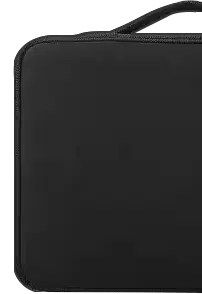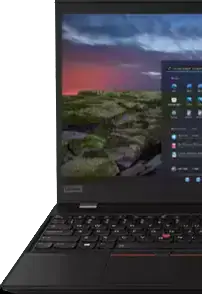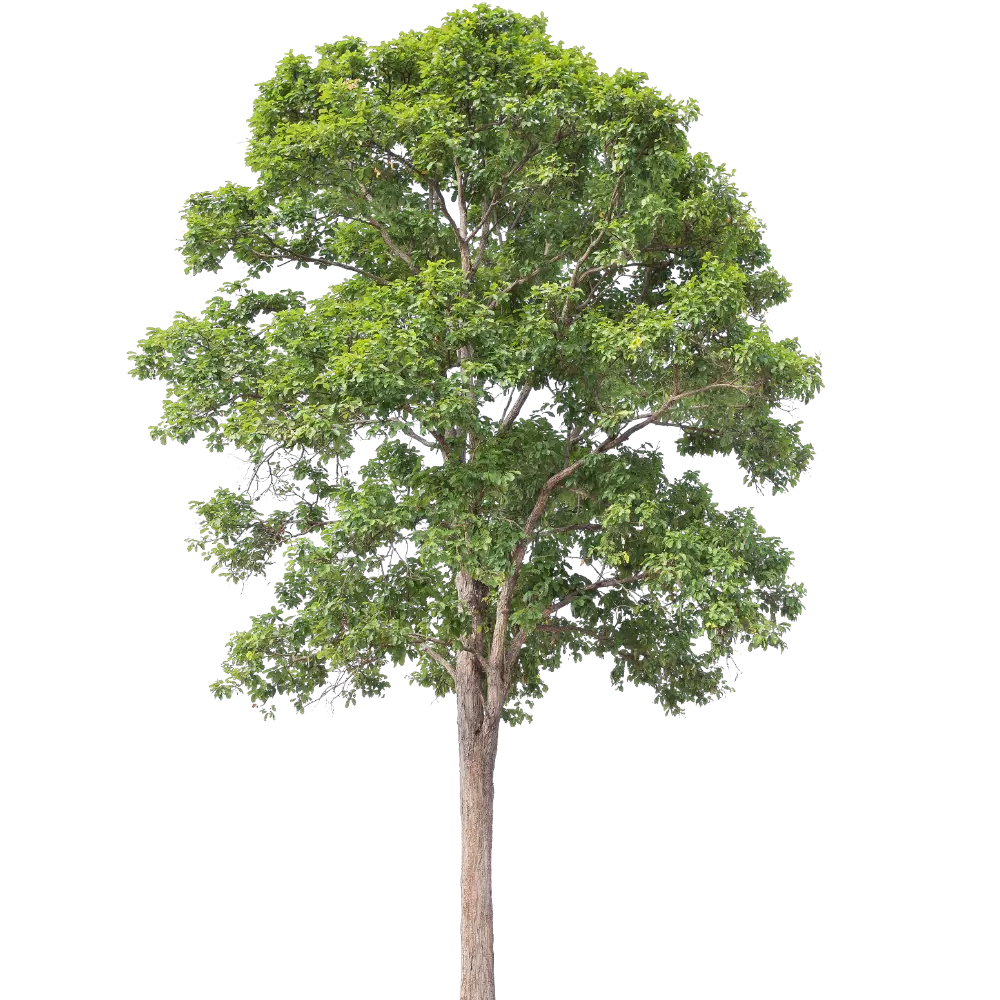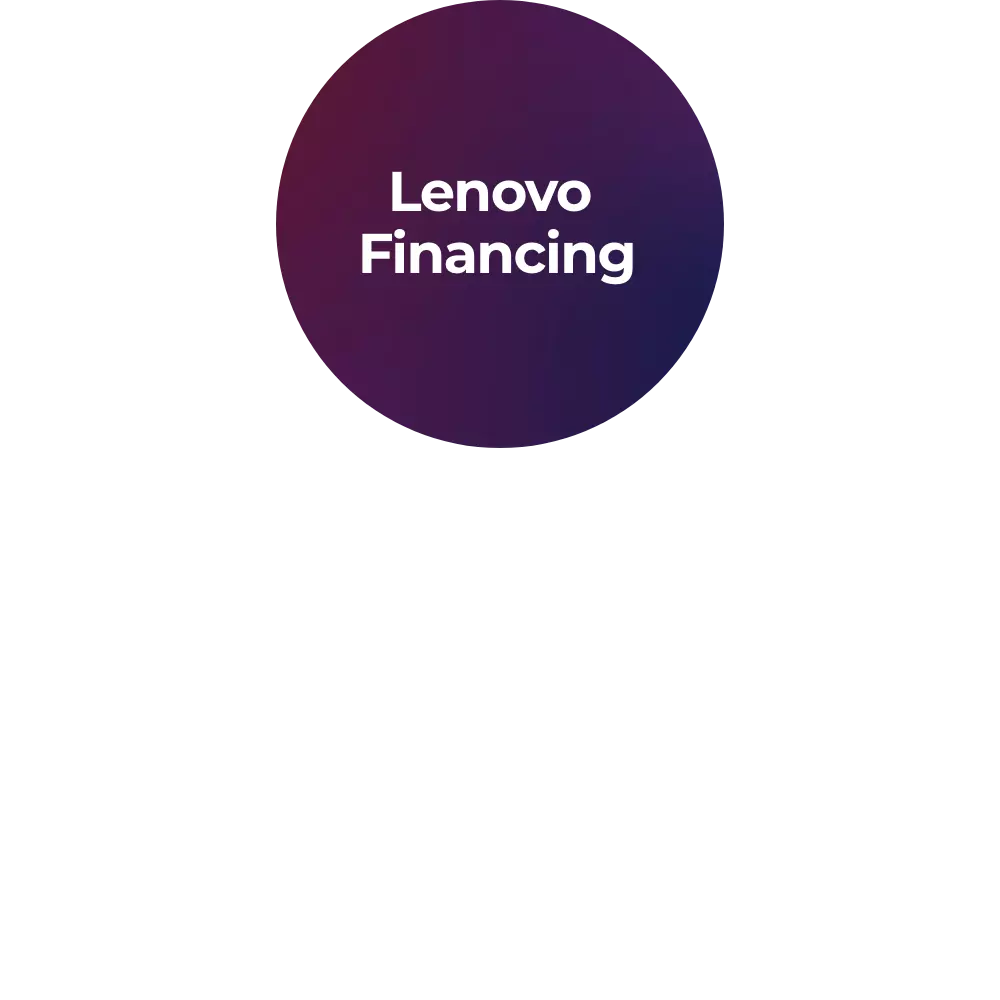What is a vector graphics editor?
Vector graphics editors are software applications that utilize mathematical equations to represent and manipulate images. Unlike raster graphics, which are composed of pixels, vector graphics are defined by points, lines, and curves. This mathematical foundation allows for infinite scalability without any loss of image quality, making them ideal for applications such as logo design, technical illustrations, and print graphics where high resolution and precise scaling are paramount. Leading examples of vector graphics editors include Adobe Illustrator, CorelDRAW, and Inkscape.
How does a vector graphics editor differ from a raster editor?
Raster graphics are composed of pixels, tiny squares of color. They lose quality when enlarged, becoming pixelated. Vector graphics, on the other hand, use mathematical equations to define lines and curves. This allows for infinite scaling without any loss of detail. Raster images are ideal for photographs and realistic images, while vector graphics excel in logos, illustrations, and technical drawings that require resizing without quality degradation.
Can I use a vector graphics editor for creating logos?
If you're considering logo design, a vector graphics editor is the way to go. Logos often require resizing for various applications, from business cards to billboards, and a vector-based image will maintain its quality on any scale. Using such an editor allows you to create clean, precise designs and ensure your logo looks professional across all mediums, making it an essential tool in branding.
What are the common tools found in a vector graphics editor?
In a vector graphics editor, you will typically find a suite of powerful tools. These usually include shapes, lines, bezier curve tools for precision curves, and text tools to incorporate typography into your designs. Additionally, editors often provide layering options to help you manage complex designs effortlessly. These tools work together, giving you creative freedom to bring your ideas to life.
Is it possible to edit text with a vector graphics editor?
Absolutely! A vector graphics editor allows you to create and manipulate text with incredible flexibility. You can adjust the font, size, and spacing, and even convert text into paths to modify its shape. This capability is particularly useful when you want to integrate typography seamlessly into your vector designs or create unique typographic effects that stand out.
Does a vector graphics editor support exporting in different formats?
Yes, a major advantage of using a vector graphics editor is its ability to export your work in various formats. You can save designs as SVG, EPS, PDF, and even raster formats like PNG or JPG, depending on your project needs. This versatility ensures you can share your work across different platforms, making it easier to collaborate or present your designs professionally.
Can I use a vector graphics editor for both web and print design?
Yes, you can use a vector graphics editor for both web and print design. Vector graphics are incredibly versatile, so whether you're creating digital assets for a website or designing materials for print, a vector-based approach will keep your visuals sharp and clear. This capability makes vector editors invaluable for designers who work across multiple formats.
Could a vector graphics editor be useful for animations?
A vector graphics editor can indeed be useful for creating animations, particularly when you use them alongside animation software that supports vector graphics. By designing characters and scenes in a vector editor, you set the stage for smooth and scalable animations. Using vector graphics helps maintain quality during motion, making your animations look professional and polished.
What features should I look for in a vector graphics editor?
When selecting a vector graphics editor, I recommend looking for key features such as an intuitive user interface, a wide range of drawing and shape manipulation tools, and robust text handling options. Additionally, support for layers, blending modes, and easy export options is crucial, as these elements facilitate a smoother design process and allow for creative experimentation.
Can I collaborate with others using a vector graphics editor?
Absolutely! Many modern vector graphics editors come with collaboration features, enabling you to share your work in real-time with colleagues or clients. This functionality makes it easy to receive feedback, make adjustments on the fly, and streamline the design process, especially in team environments where input from multiple parties is invaluable.
Does a vector graphics editor allow for creating complex designs?
Yes, a vector graphics editor is well-equipped for creating complex designs. The ability to layer, manipulate shapes, and control paths enables you to build intricate visuals that are still easy to edit. With the right tools at your disposal, you can combine shapes and effects to develop unique graphics that stand out in any application.
Will using a vector graphics editor help improve my design skills?
Using a vector graphics editor can significantly enhance your design skills over time. By working with vector graphics, you learn about composition, colour theory, and the mechanics of creating precise designs. The more you practice and experiment, the more proficient you’ll become, ultimately leading to higher quality work and greater creative confidence.
What type of projects can I create with a vector graphics editor?
With a vector graphics editor, the possibilities are virtually endless. You can create anything from business cards, brochures, and logos to illustrations, infographics, and web graphics. The versatility of vector graphics makes them suitable for a wide range of design projects, allowing you to flex your creative muscles across different media.
Could I also use a vector graphics editor for data visualisation?
Yes, a vector graphics editor is quite effective for data visualization. You can create informative charts, graphs, and visual representations of data that are not only functional but also visually appealing. The ability to maintain clarity at any size makes vector graphics ideal for conveying complex information in an easily digestible format.
How do I choose the right vector graphics editor for my needs?
When choosing a vector graphics editor, focus on your design needs and workflow. Consider the projects you'll be working on, the most useful tools and features, and your budget. Researching and trying out different options can help you find the right editor for your needs.















